
Jaime Chambers was a 2021 AAAS Mass Media Fellow with Science News. She delights in all things creeping, crawling, and curious, and studies human-dog coevolution as an Anthropology PhD student at Washington State University. She has also written for Science, Massive Science, and Ask Dr. Universe, a science column for kids.

All Stories by Jaime Chambers
-
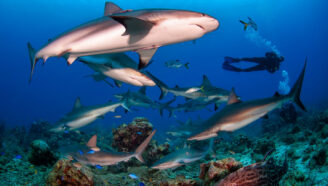 Life
LifeExplainer: What is an endangered species?
Threats such as climate change and habitat loss can put species at risk of going extinct. Different words describe that risk.
-
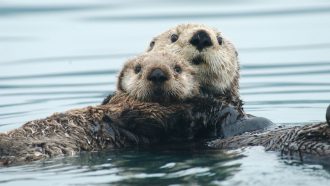 Animals
AnimalsLa nutria soporta el frío, sin un cuerpo grande ni capa de grasa
Al mamífero más pequeño del mar no le es fácil mantenerse caliente. Ahora, los científicos han descubierto cómo sus células responden al desafío.
-
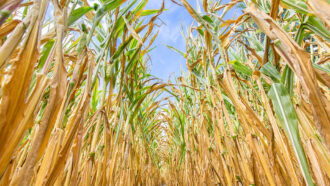 Life
LifeIn blazing heat, some plants open leaf pores — and risk death
When heat waves and droughts collide, water is precious. Some thirsty plants try to cool off by opening tiny pores — only to lose water even faster.
-
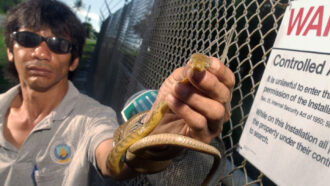 Life
LifeExplainer: What is an invasive species?
These foreign organisms hitchhike, spread widely and stir up trouble in native ecosystems.
-
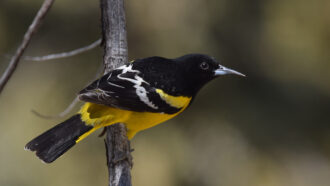 Science & Society
Science & SocietyRacism lurks in many plant and animal names. That’s now changing
Racist legacies linger in everyday lingo for birds, plants and other organisms. Some scientists now see the chance to change that.
-
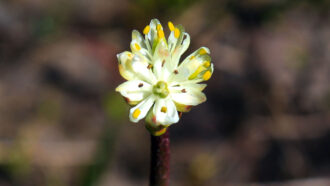 Plants
PlantsWell-known wildflower turns out to be a secret meat-eater
Look closely at Triantha occidentalis, and you’ll see gluey hairs — and a trail of insect corpses on its stem.
-
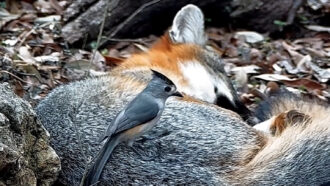 Animals
AnimalsThere’s a new word for birds stealing animal hair: kleptotrichy
Dozens of YouTube videos show birds grabbing hair from dogs, cats, people, raccoons and even a porcupine — a behavior rarely described by scientists.
-
 Life
LifeEven raised by people, wolves don’t tune into you like your dog
Dog puppies outpace wolf pups at engaging with humans, even with less exposure to people, supporting the idea that domestication changed dogs’ brains.
-
 Animals
AnimalsHere’s how sea otters stay warm without blubber or a large body
For the smallest mammal in the ocean, staying warm is tough. Now, scientists have figured out how the animals’ cells rise to the challenge.
-
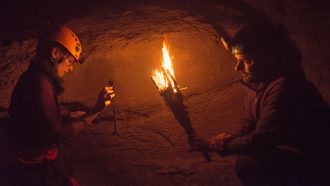 Humans
HumansHow torchlight, lamps and fire illuminated Stone Age cave art
Experiments with stone lamps and torches are helping scientists see 12,500-year-old cave art with fresh eyes.
-
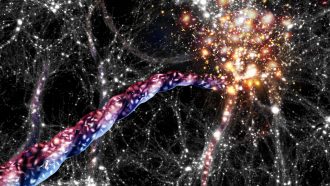 Space
SpaceCosmic filaments may have the biggest spin in outer space
These rotating threads of dark matter and galaxies stretch millions of light-years. Scientists want to know how their spin begins.